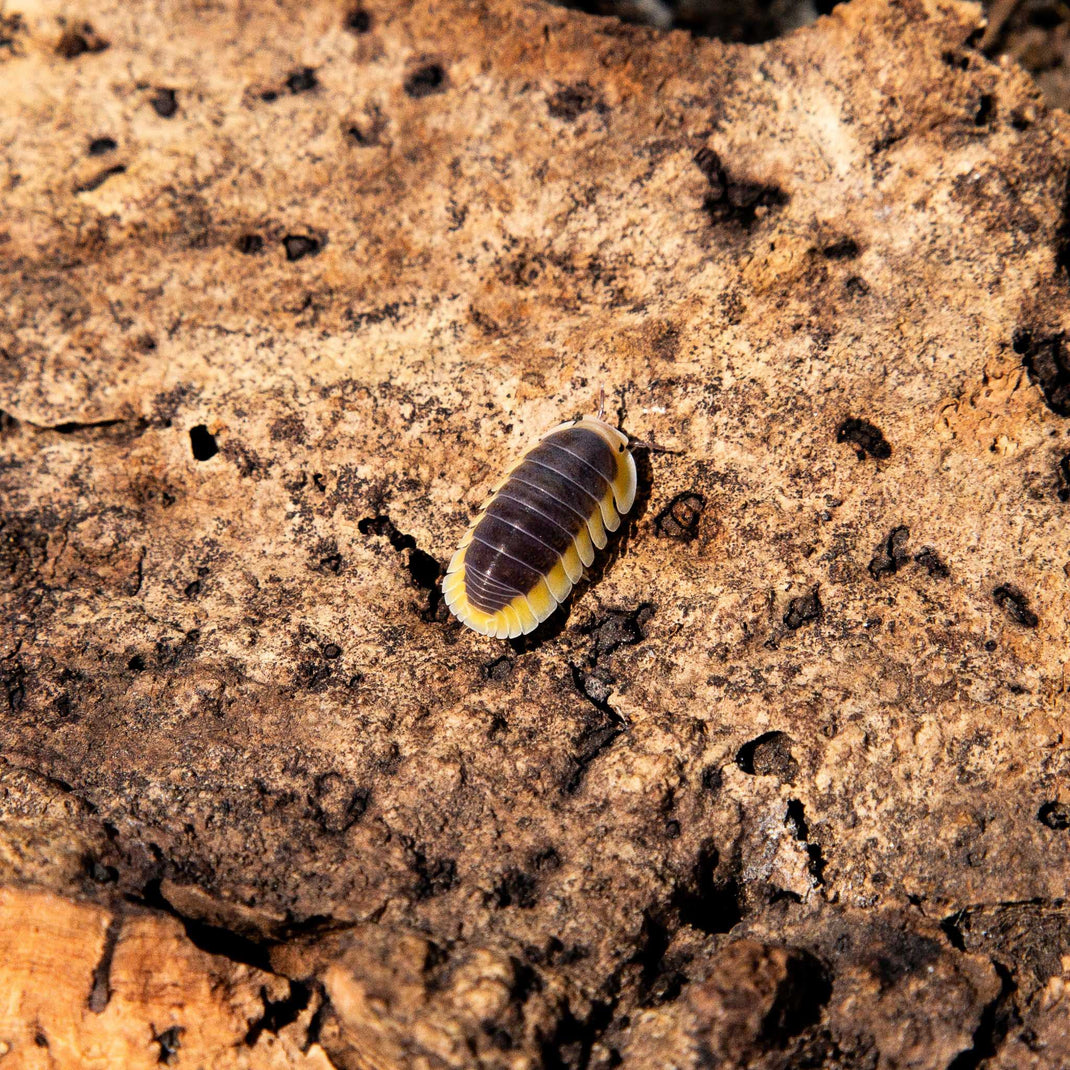A Beginner's Manual to Isopods: Everything You Need certainly to Know
Isopods, frequently known as woodlice, pillbugs, or roly-polies, are a exciting group of crustaceans that have adapted to terrestrial life. These little, segmented creatures are available in several habitats across the globe, and lately, they've become popular among hobbyists for bioactive terrariums. In this manual, we'll protect every thing a starter wants to know about isopods, including their habitat, care, and the various species designed for collectors.

What Are Isopods?
Isopods participate in the get isopods, which include both terrestrial and marine species. Probably the most frequently known isopods are terrestrial and reside in moist conditions like leaf kitten, under records, and in soil. They play an essential position in wearing down normal matter, creating them a significant area of the ecosystem. Because of the detritivorous character, they're frequently kept in bioactive terrariums, wherever they support keep a clear and balanced environment.
Types of Isopods
There are numerous species of isopods offered to hobbyists, each with distinctive characteristics. Some popular species contain:
Dairy Cow Isopods (Porcellio laevis): Noted for their impressive dark and bright color, these isopods are sturdy and replicate quickly.
Plastic Ducky Isopods (Cubaris sp.): One of the rarest and most sought-after species because of the different look, resembling plastic duckies.
Zebra Isopods (Armadillidium maculatum): With their striking black-and-white striped design, these isopods are as attractive as they are simple to care for.
Placing Up a Habitat
Developing a suitable atmosphere for the isopods is vital with their well-being. Since they prosper in wet environments, it's essential to replicate their organic habitat as strongly as possible. Here's the thing you need:
Substrate: A variety of grape fibre, sphagnum moss, and leaf kitten is useful for most species. The substrate must be held moist however not waterlogged.
Humidity: Isopods require moisture to survive. A water gradient should really be offered, with one part of the enclosure being more damp compared to the other.
Hiding Places: Isopods want to hide. Providing lots of leaf litter, cork bark, or little caves offers them areas to shelter.
Food: Isopods feed on decaying normal matter, but you can also complement their diet with new vegetables, fish flakes, or cuttlebone for calcium.
Copy and Growth
Isopods replicate rather readily in captivity. Girls take fertilized eggs in a brood sack till they hatch in to small, bright isopods. With time, they will lose their exoskeletons multiple occasions as they grow.
Advantages of Keeping Isopods
In addition to being fascinating pets, isopods provide practical benefits in bioactive terrariums. They support break up spend, mold, and useless seed material, keeping the habitat clean. Their natural behavior also provides a powerful aspect to your terrarium.

Popular Issues
While isopods are healthy, novices may face a few challenges. Excessively dry settings can cause contamination and demise, while overfeeding can cause mold growth in the habitat. Sustaining the right balance of water and sanitation is essential to successful isopod care.
